The automobiles of the 1930s and '40s were mysterious machines. They had evolved from clunky motorized carriages to comfortable, reliable forms of transportation. Yet they were still far removed from their full potential. Looking to the future for inspiration, a group of engineers from Europe and North America set out to design vehicles that would redefine the paradigm. Tapping into the Art Deco artistic movement of the era, these engineers tinkered and dreamed, producing vehicles that were both beautiful and ahead of their time.
And so the Art Deco car was born.
The Future Of Our Past
Laws were different then. Fenders could be sculpted into flowing curves of metal, with safety performance as an afterthought. Doors and their arrangement were optional; windshields could be rolled down for pure, open driving; and dorsal fins could protrude from rear windows. The engineers did keep function in mind, however, as these vehicles were extremely wind resistant and agile compared to the competition (balanced weight distribution, unibody frames, advanced handling and suspension, etc.). The 1935 Chrysler Imperial Model C-2 Airflow, for example, was designed by Carl Breer using wind tunnel testing and input from aviation founder Orville Wright.
 Talbot-Lago T-150C-SS Teardrop, 1938. Photo © 2016 Peter Harholdt.
Talbot-Lago T-150C-SS Teardrop, 1938. Photo © 2016 Peter Harholdt.
Sadly, like most things ahead of their time, the majority of the Art Deco vehicles weren't understood by the market, and sales floundered. Some never made it past the concept stage. It took the automotive industry decades to catch up to these designs. Even now, one can argue that these vehicles are more modern than what's currently on the road. Today, automotive engineers are forced to meet the confines of safety and emissions standards, with art being secondary. This is of course a benefit to all drivers. But...there is something romantic about a vehicle free of restrictions.
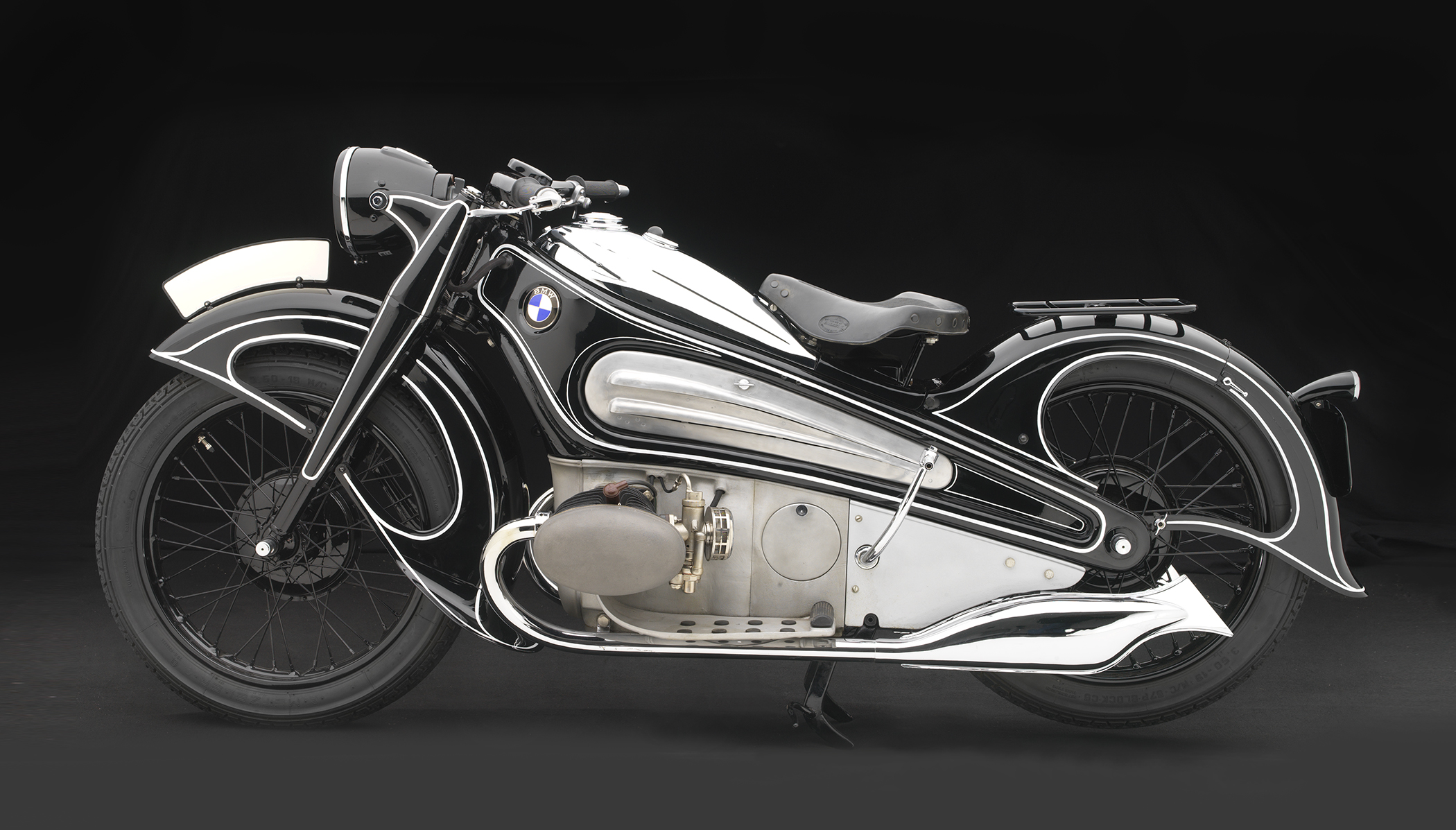 BMW R7 Concept Motorcycle, 1934. Photo © 2016 Peter Harholdt.
BMW R7 Concept Motorcycle, 1934. Photo © 2016 Peter Harholdt.
The Art Deco period was a time when engineers had the freedom to sculpt vehicles to their wildest imagination. It was a movement that will most likely never be reproduced in our lifetime. Too modern at their inception, and tragically now too far behind, the Art Deco cars sit gleaming under museum lights. They serve as reminders of what could have been and inspiration for what can be achieved.
North Carolina Museum of Art Exhibition
In late 2016, the the North Carolina Museum of Art hosted some of these rolling sculptures in person. The exhibition, "Rolling Sculpture: Art Deco Cars from the 1930s and '40s," was curated by renowned automotive journalist Ken Gross. If you weren't able to go, you can view the full gallery of the 16 cars and three motorcycles below.
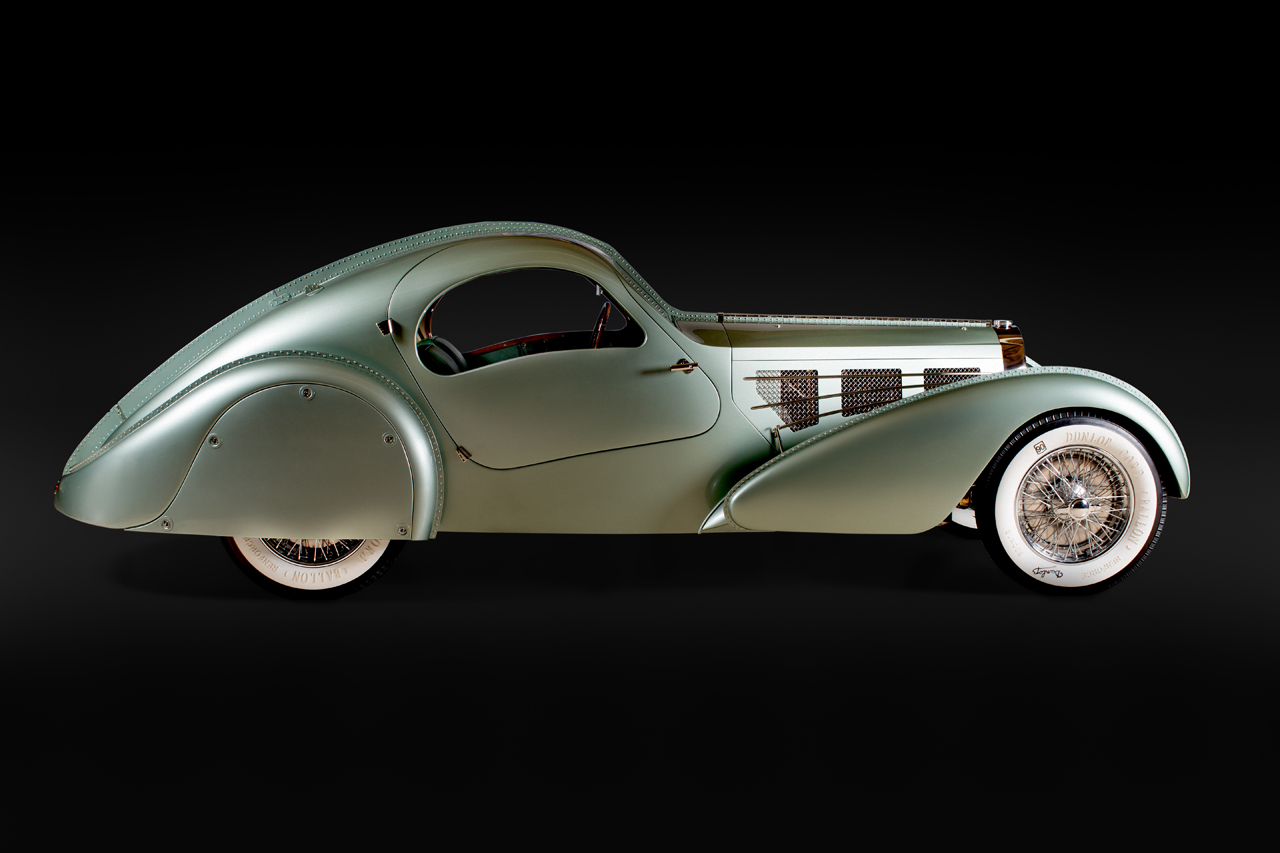 Bugatti Type 57S Aerolithe, 1935. © 2016 Joe Wiecha.
Bugatti Type 57S Aerolithe, 1935. © 2016 Joe Wiecha.
 Chrysler Imperial Model C-2 Airflow, 1935. Photo © 2016 Peter Harholdt.
Chrysler Imperial Model C-2 Airflow, 1935. Photo © 2016 Peter Harholdt.
 Chrysler Thunderbolt, 1941. Photo © 2016 Michael Furman.
Chrysler Thunderbolt, 1941. Photo © 2016 Michael Furman.
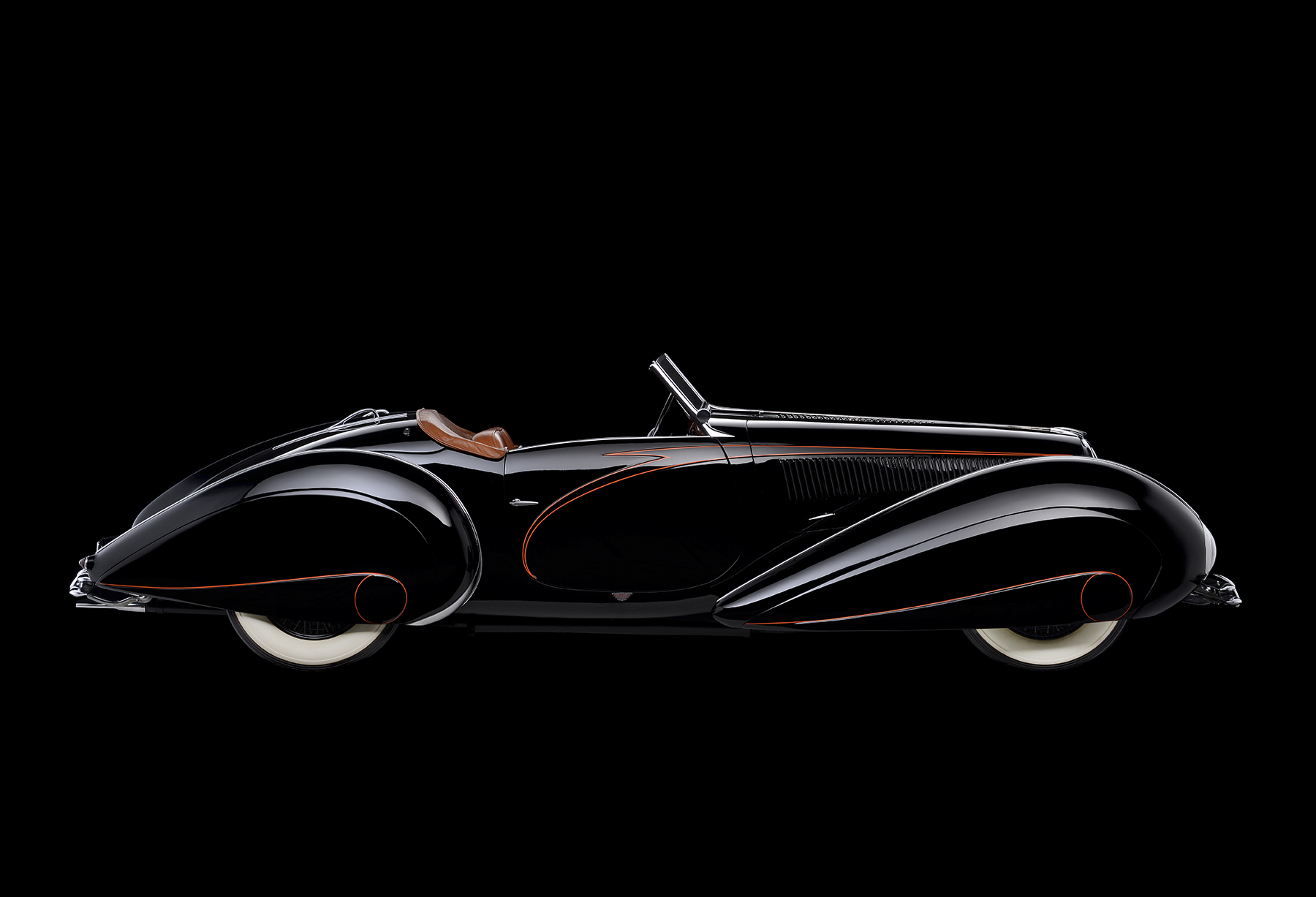 Delahaye 135M Figoni Roadster, 1938. Photo © 2016 Scott Williamson, Photodesign Studios.
Delahaye 135M Figoni Roadster, 1938. Photo © 2016 Scott Williamson, Photodesign Studios.
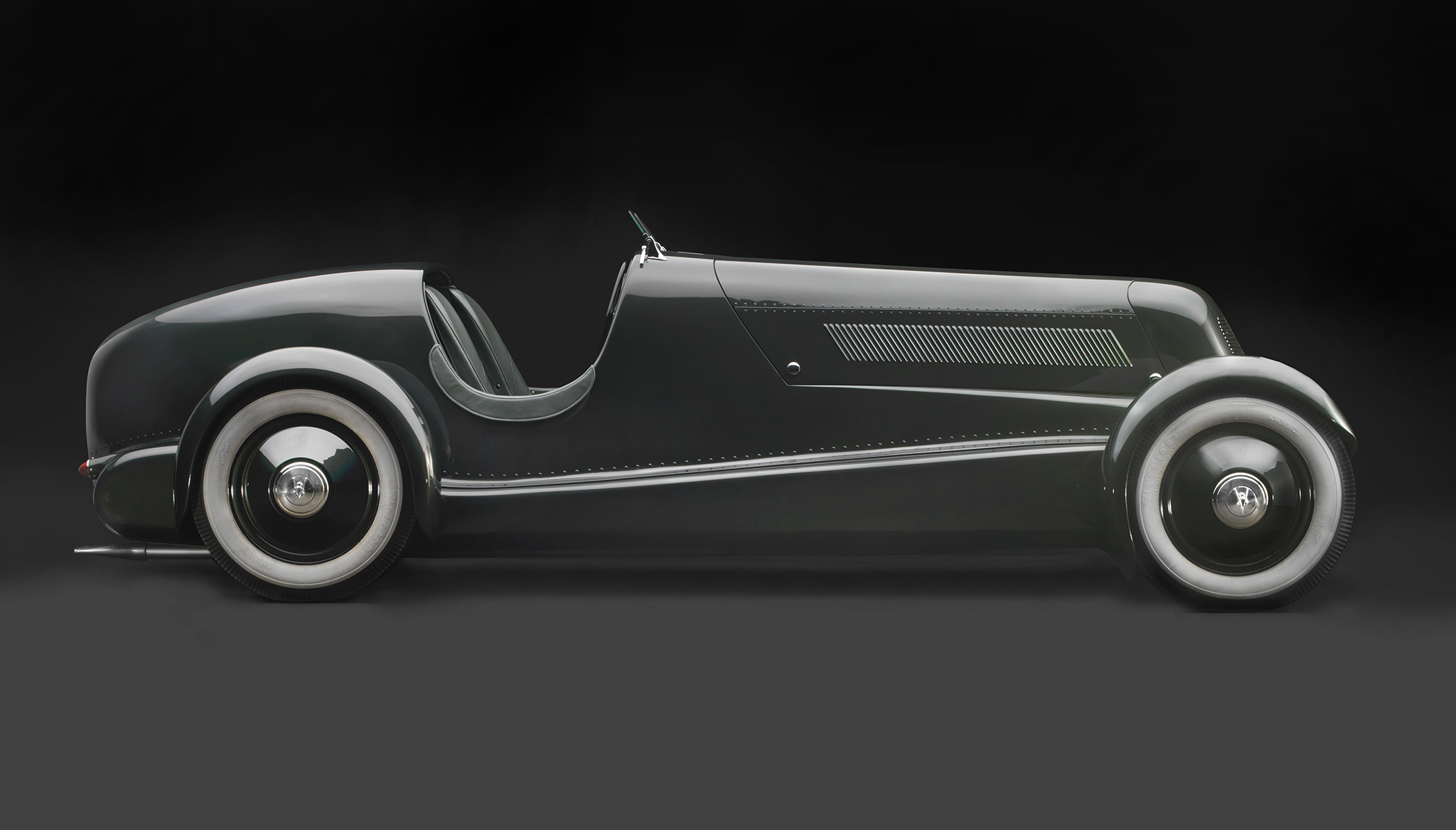 Edsel Ford's Model 40 Speedster, 1934. Photo © 2016 Peter Harholdt.
Edsel Ford's Model 40 Speedster, 1934. Photo © 2016 Peter Harholdt.
 Henderson KJ Streamline, 1930. Photo © 2016 Peter Harholdt.
Henderson KJ Streamline, 1930. Photo © 2016 Peter Harholdt.
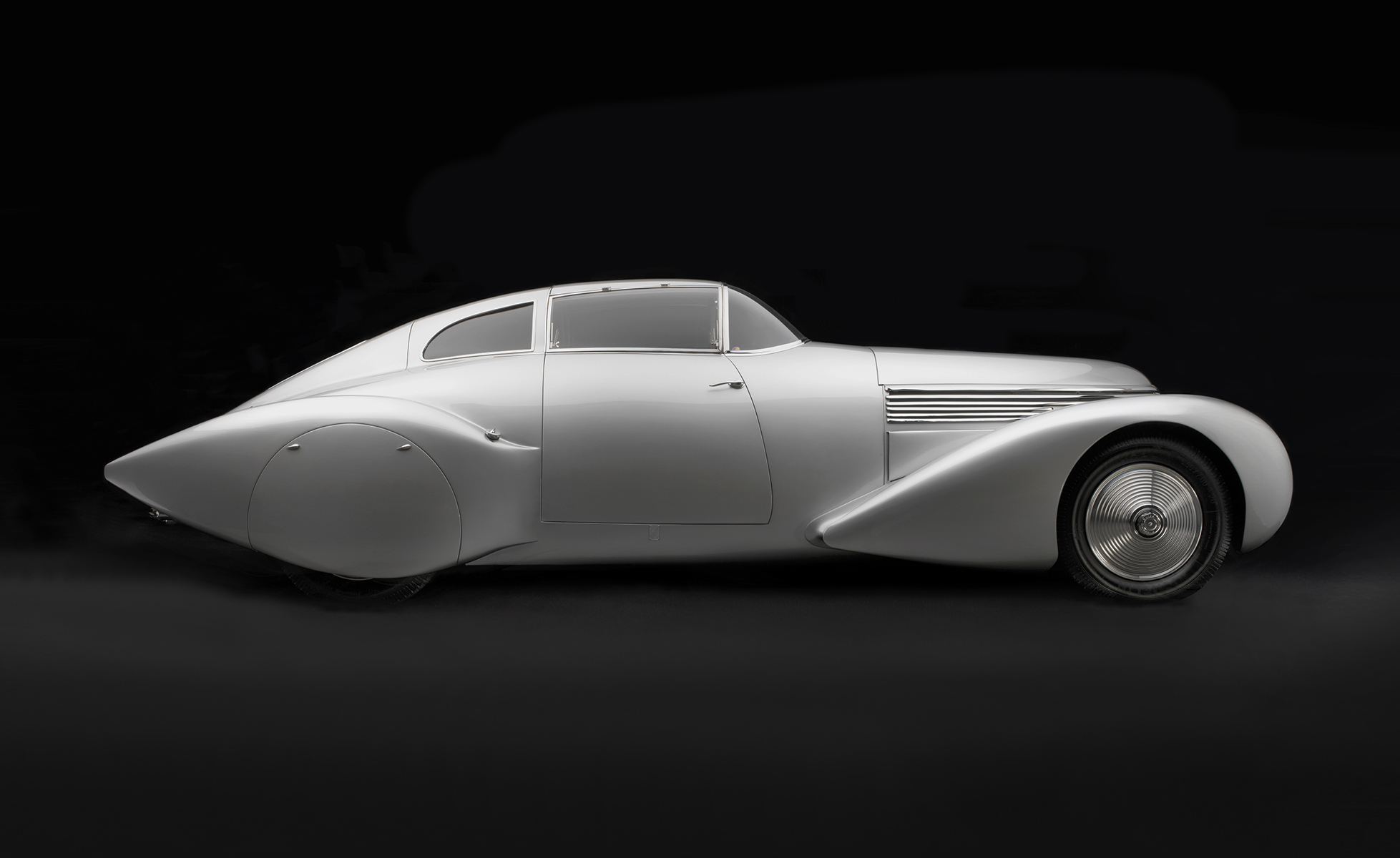 Hispano-Suiza H6B "Xenia," 1938. Photo © 2016 Peter Harholdt.
Hispano-Suiza H6B "Xenia," 1938. Photo © 2016 Peter Harholdt.
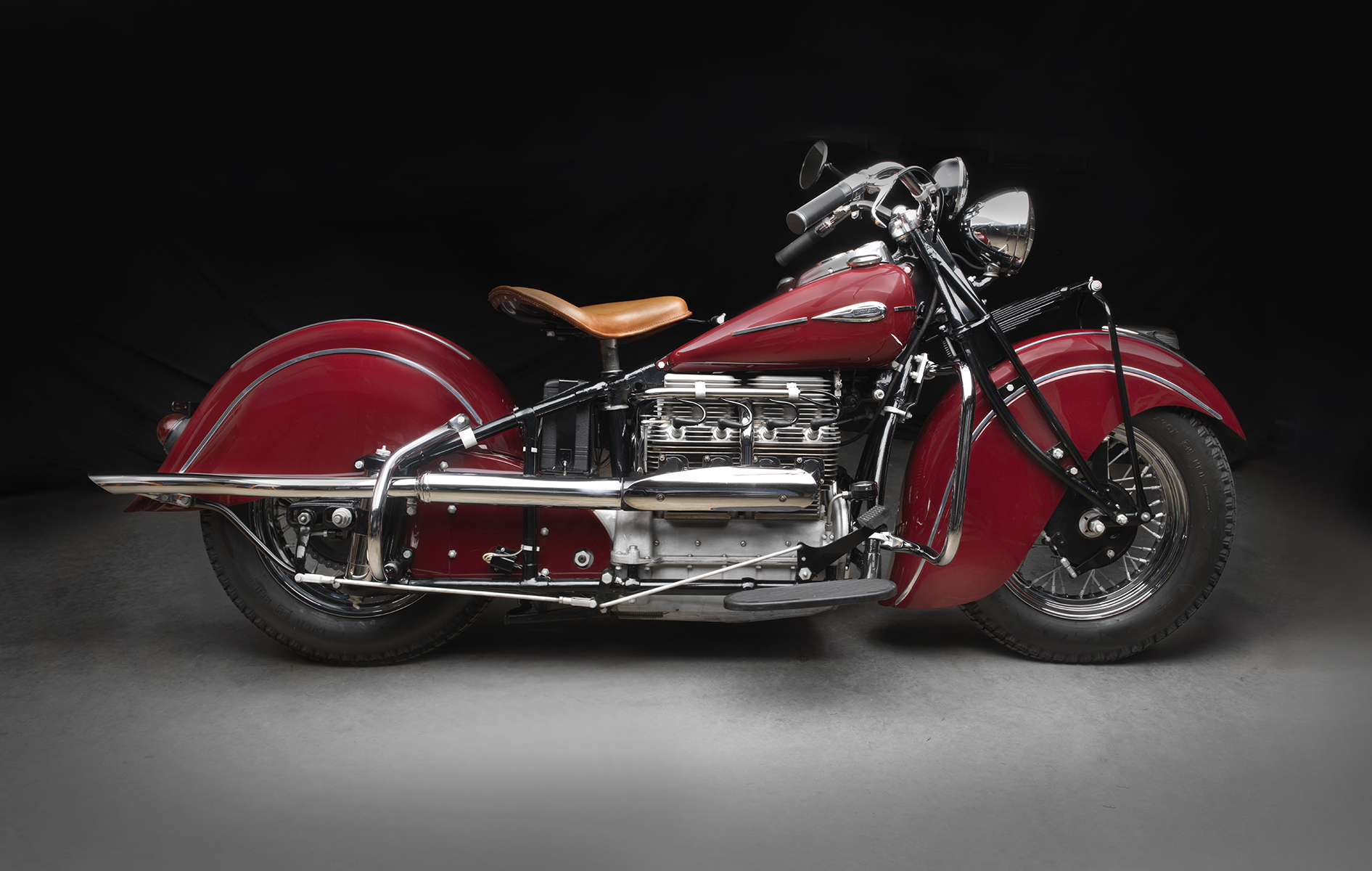 Indian Model 441, 1941. Photo © 2016 Peter Harholdt.
Indian Model 441, 1941. Photo © 2016 Peter Harholdt.
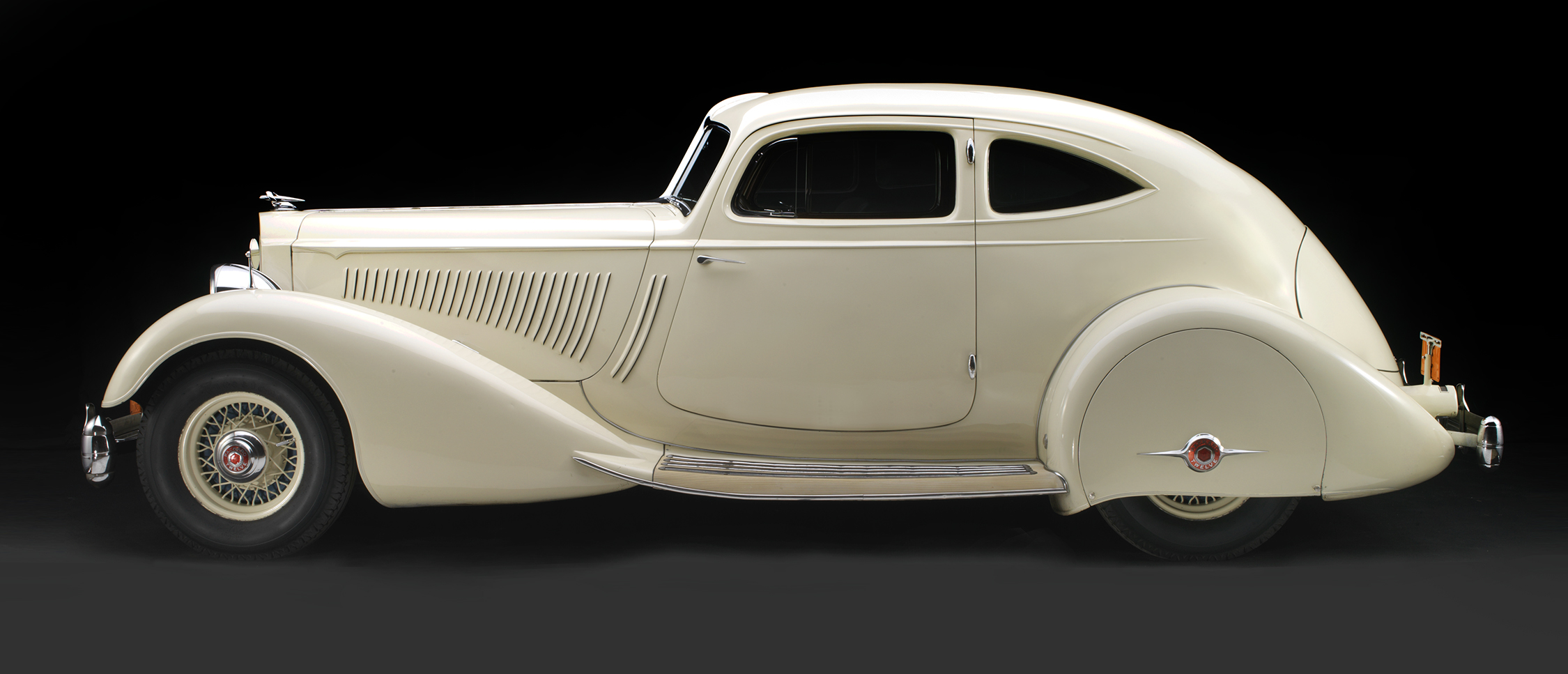 Packard Twelve Model 1106, 1934. Photo © 2016 Peter Harholdt.
Packard Twelve Model 1106, 1934. Photo © 2016 Peter Harholdt.
 Peugeot 402 Darl'mat Coupe, 1936. Photo © 2016 Michael Furman.
Peugeot 402 Darl'mat Coupe, 1936. Photo © 2016 Michael Furman.
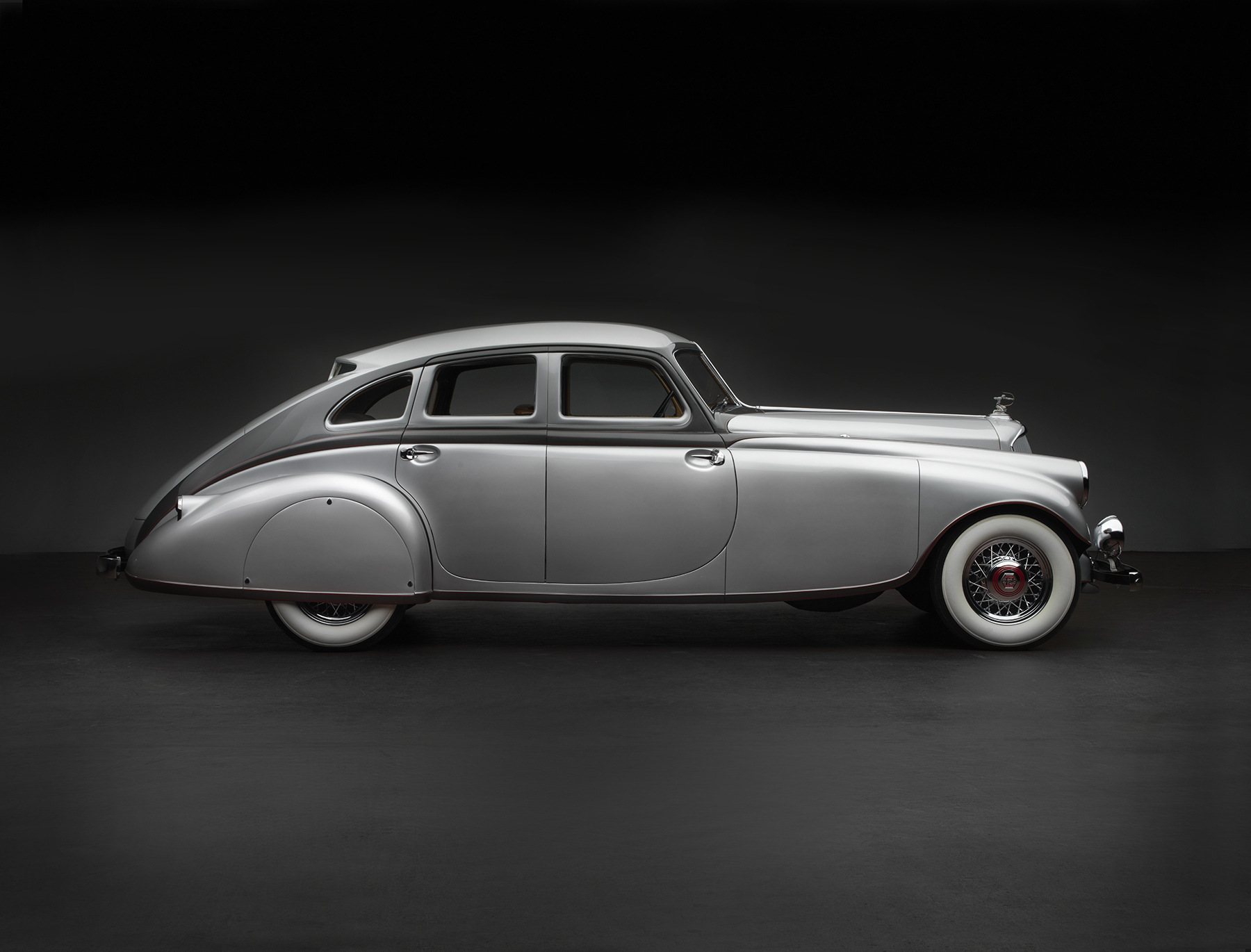 Pierce-Arrow Silver Arrow, 1933. Photo © 2016 Peter Harholdt.
Pierce-Arrow Silver Arrow, 1933. Photo © 2016 Peter Harholdt.  Tatra T87, 1940. Photo © 2016 Peter Harholdt.
Tatra T87, 1940. Photo © 2016 Peter Harholdt.
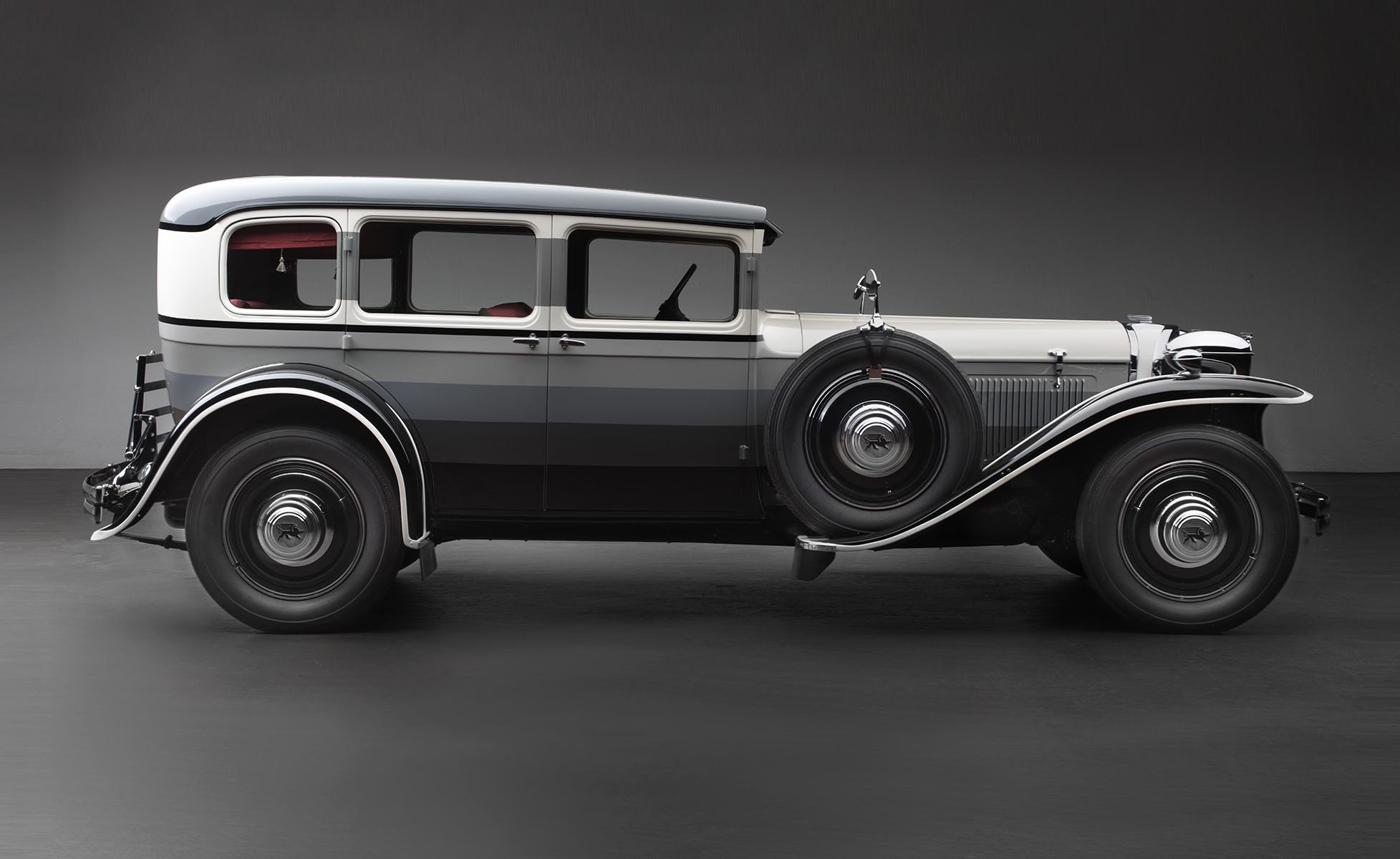 Ruxton Model C, 1930. Photo © 2016 Peter Harholdt.
Ruxton Model C, 1930. Photo © 2016 Peter Harholdt.
 Voisin C28 Clairiere, 1936. Photo © 2016 Michael Furman.
Voisin C28 Clairiere, 1936. Photo © 2016 Michael Furman.








